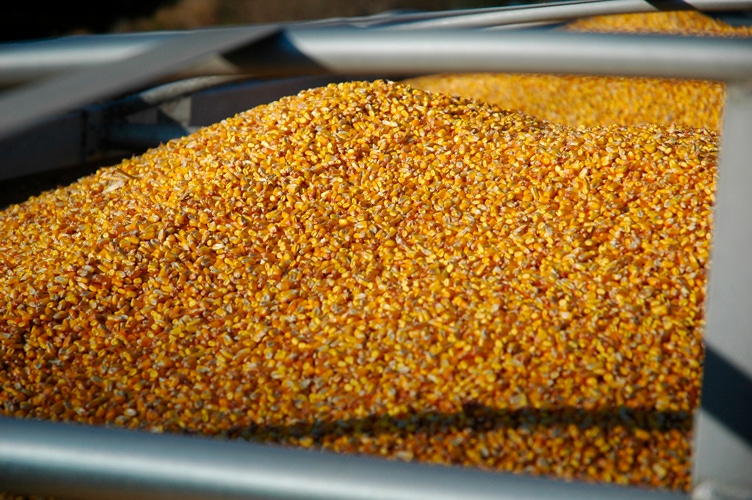April 18, 2011

Old-crop corn prices declined sharply in the first half of March as it appeared that high prices had sufficiently slowed the rate of consumption. However, a continued high rate of ethanol production, a resurgence of export sales and larger livestock inventories provided evidence that consumption had not slowed.
The March 1 Grain Stocks report provided an estimate of smaller-than-expected inventories of corn and prices rallied to a new high on April 11. That rally was followed by a 40¢ decline last week on renewed talk of slowing consumption. Livestock prices appear to be peaking and high gasoline prices may point to reduced fuel consumption, including ethanol. Feed demand for corn is also expected to be reduced by increased wheat feeding, although most of that is expected to occur in the summer months after the harvest of the 2011 wheat crop. Increased wheat feeding is also expected to occur in other parts of the world, potentially reducing the demand for U.S. corn.
While markets tend to be forward looking, there is a lag in the reporting of corn consumption estimates, particularly for feed use. As a result, evidence of a slowdown in consumption – if it is occurring – will be revealed slowly and erratically. In the case of corn exports, weekly inspections need to average 42.5 million bushels/week through August in order to reach the USDA projection of 1.95 billion bushels for the year. That calculation is made based on cumulative inspections through April 14 adjusted by Census Bureau export estimates through February. For the four weeks ended April 14, inspections averaged 39 million bushels/week, 6 million above the average weekly rate through March 17. Unshipped export sales as of April 7 totaled 520 million bushels, 138 million larger than unshipped sales of a year earlier. Weekly sales are occurring at about twice the rate needed to sell 1.95 billion bushels by the end of August.
To reach the USDA’s projection of 5 billion bushels of corn used for ethanol and byproduct production this year, ethanol production from March through August needs to exceed that of a year ago by about 4%. Ethanol production for the five weeks ended April 8 exceeded that of a year ago by 7%.
The big unknown for corn consumption is domestic feed and residual use. There are reports of increased feeding of domestic and Canadian wheat in the U.S. poultry industry, but it is difficult to estimate quantities. Summer wheat feeding will depend on the size, quality and price of the new crop relative to corn prices. Another reading on the rate of domestic corn feeding will not be available until the June 1 Grain Stocks report is released on June 30. Based on the USDA’s projection of marketing year feed and residual use of corn of 5.15 billion bushels, use during the last half of the year needs to be 250 million bushels less than that of a year ago. Use during the first half of the year was 260 million bushels larger than that of a year ago. A significant decline in the rate of use is required to limit consumption to the USDA projection.
Soybeans
The price pattern for old-crop soybeans has been somewhat different than that for corn. Highs were established in early February and recent lows occurred in mid-March. Prices rallied into late March, but did not reach a new high, and have declined about $1 so far in April. A slow pace of domestic soybean consumption has been ongoing since November 2010. Soybean exports began the seasonal decline right on cue in March and new sales began to slow dramatically in early February. The USDA lowered the marketing year projection of both exports and domestic processing in the report released on April 8.
While the pace of consumption of corn and soybeans will continue to be very important, the market will also be closely monitoring prospects for longer-term commodity demand. Weakness in financial markets and concerns about the consumer impact of higher fuel and food prices raise concerns about the overall strength of commodity demand.
New-crop corn prices remain at a discount to old-crop prices, but have moved to new highs. In spite of some lofty expectations about the potential size of the 2011 harvest, there is concern that weather conditions through the end of the month will not favor rapid planting. In addition, some question whether all the intended corn acreage in the Dakotas will get planted. New-crop soybean prices are at a small premium to old-crop, in contrast to the large old-crop premiums that existed just six weeks ago. The reversal reflects the large South American crop and the slowdown in the consumption of U. S. soybeans.
The upcoming period of uncertainty about commodity demand, general economic prospects, and 2011 production prospects provide an environment for very erratic price movements.
You May Also Like




